Find Your Perfect Match: How to Choose The Right Drone
Drones have become increasingly popular over the past few years, with uses ranging from aerial photography and videography to racing and even delivery services. With so many options on the market, it can be overwhelming to decide which drone is right for you. In this article, we’ll break down the factors you should consider how to choose the right drone, the types of drones available, popular brands and models, and legal and safety considerations.
Factors to Consider When Choosing a Drone
Intended Use: The first and most important factor to consider is how you plan to use your drone. Are you looking for a drone to take aerial photos and videos? Or are you interested in racing drones? Different drones are designed for different purposes, so it’s important to choose one that matches your needs.
Flight Time and Battery Life: The amount of time a drone can fly and how long its battery lasts are important considerations. If you’re planning on using your drone for longer flights or filming sessions, you’ll want a drone with a longer battery life.
Camera Quality and Features: If you’re interested in aerial photography or videography, camera quality and features are key. Look for drones with high-resolution cameras, stable gimbals, and features like obstacle avoidance and image stabilization.
Size and Portability: Drones come in a range of sizes, from small and portable to large and heavy. If you plan on travelling with your drone, you’ll want to choose one that’s easy to transport.
Range and Control: The range of a drone determines how far away it can fly from the controller, while control refers to how easy it is to manoeuvre the drone. Consider both factors when choosing a drone.
Price and Budget: Drones can range in price from under $100 to several thousand dollars. It’s important to consider your budget and how much you’re willing to spend on a drone.
Types of Drones
Camera Drones: Camera drones are designed for aerial photography and videography, with high-quality cameras and stable gimbals.
Racing Drones: Racing drones are built for speed and agility, with small frames and powerful motors.
Toy Drones: Toy drones are typically small and inexpensive, designed for casual flying and fun.
Professional Drones: Professional drones are designed for commercial use, with advanced features like thermal imaging and long-range capabilities.
DIY Drones: DIY drones are customizable and can be built from scratch, allowing for complete control over the drone’s features and capabilities.
Popular Drone Brands and Models
DJI: DJI is one of the most popular drone brands, with a range of models for both amateur and professional use. more information
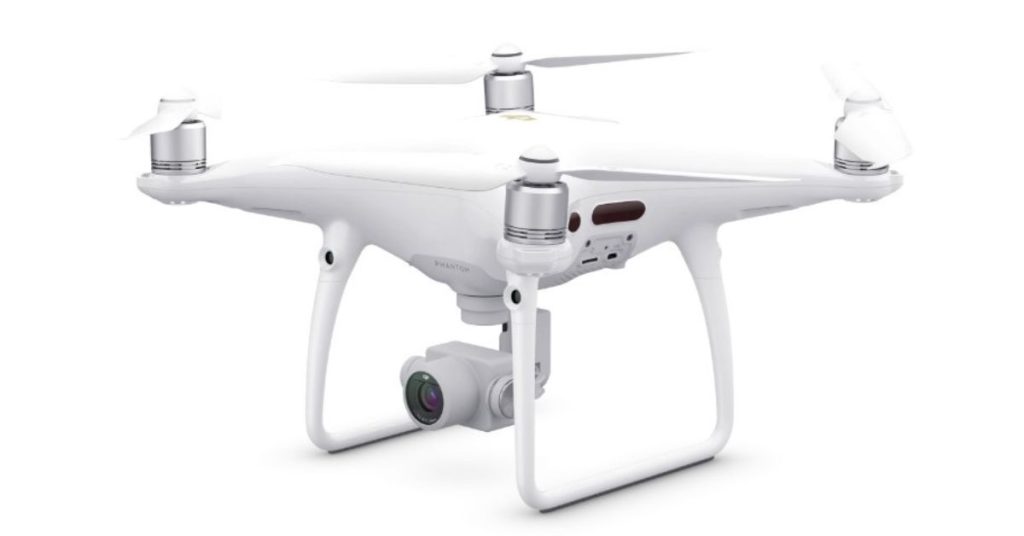
Parrot: Parrot offers a range of consumer drones, from small toy drones to more advanced models for aerial photography and videography.
Yuneec: Yuneec is known for its high-quality camera drones, with stable gimbals and advanced features like obstacle avoidance.
Autel Robotics: Autel Robotics offers a range of drones for both amateur and professional use, with features like thermal imaging and long-range capabilities.
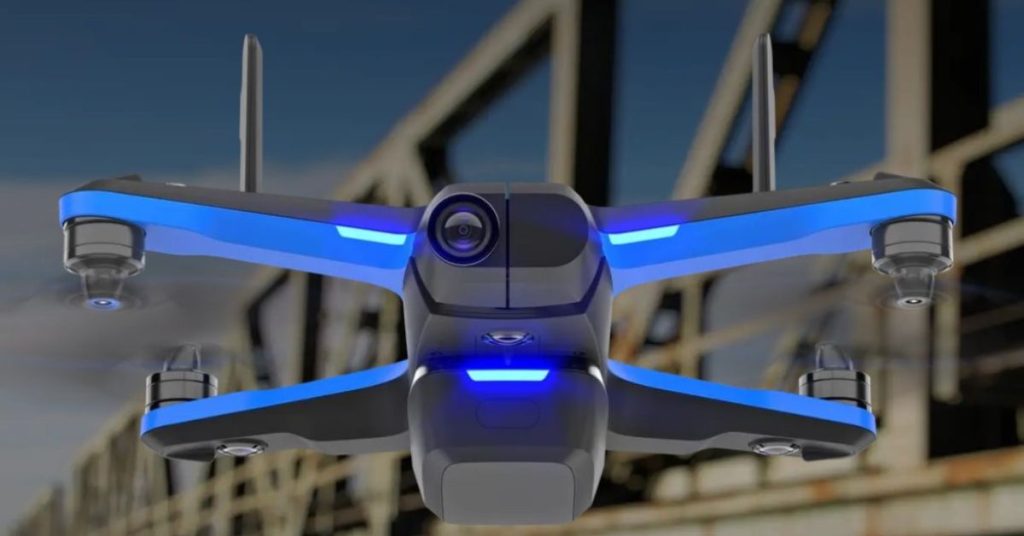
Blade: Blade is a popular brand for beginner and intermediate drones, with affordable models that are easy to fly.
Hubsan: Hubsan offers a range of toy and hobby drones, with affordable models for casual flying and more advanced models for aerial photography and videography.
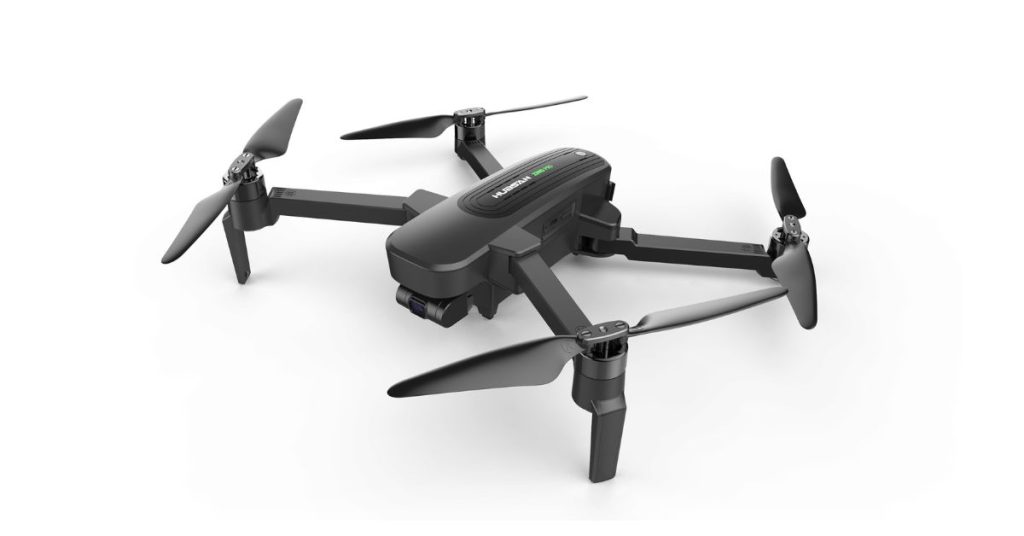
Legal and Safety Considerations
Drone Regulations: Before purchasing a drone, be sure to research the regulations in your area. Many countries have restrictions on where drones can be flown and how high they can go.
FAA Registration: In the United States, drones that weigh over 0.55 pounds must be registered with the Federal Aviation Administration (FAA). Failure to register your drone can result in fines.
Airspace Restrictions: Be aware of any airspace restrictions in your area, such as no-fly zones around airports and other sensitive areas.
Safe Flying Practices: It’s important to fly your drone safely and responsibly. This includes avoiding flying over people and property without permission, and maintaining a safe distance from other aircraft.
Conclusion and Recommendations
Choosing the right drone can be a daunting task, but by considering the factors outlined in this article, you can make an informed decision that meets your needs and budget. We recommend starting with a budget-friendly model if you’re a beginner, and investing in a more advanced drone as your skills and needs grow. Remember to always fly your drone safely and responsibly, and be aware of any legal and safety regulations in your area.

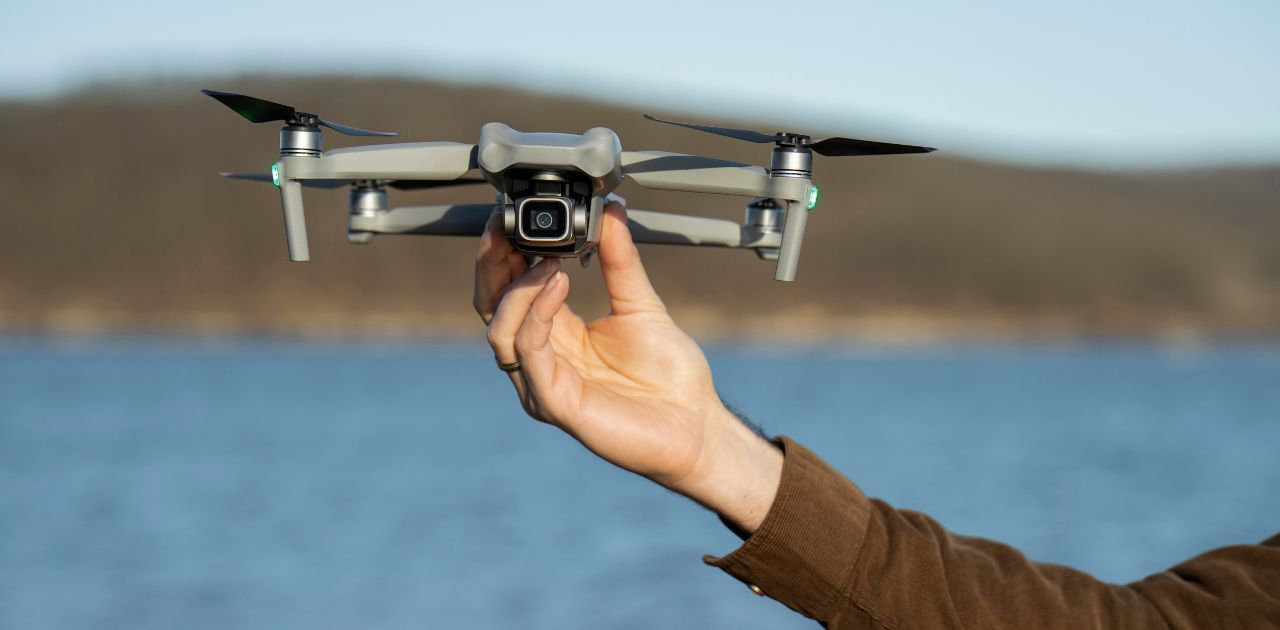


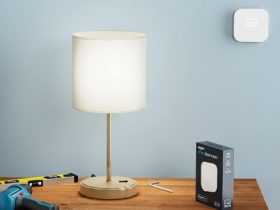
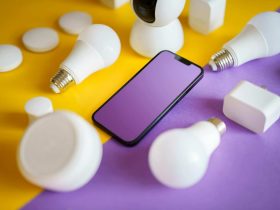

Leave a Reply